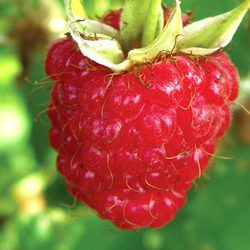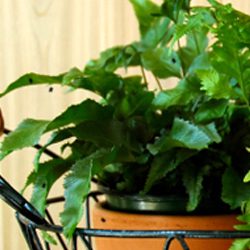Summer is the perfect time for vacations, but for gardeners, it can be a stressful period. Leaving your precious veggie garden unattended can lead to…
There is an excellent assortment of bulbs available for planting this time of year promising a bounty of summer blooms. The thing is, many of these bulbs are not winter hardy. This can create a predicament for gardeners anxious for easy summer flowers but short on time and space to dig and store tender bulbs.
The different names given to ladybugs are almost as numerous as the number of species. But bug or beetle, understanding more about these garden guests…
The durability of some plants is absolutely amazing. A number of them are so robust that they may even be tread on! These are the…
Beautiful, showy clematis are not as difficult to grow as you might think. Learning when to prune your clematis and giving a little attention to…
Tomatoes and peppers are two crops you can never have too much of. They freeze well without the difficulty of blanching, and although the texture…
It is an awesome sight to capture a glimpse of a ruby-throated hummingbird hovering over the flower garden on a sunny summer morning. One or…
Worried that you may have to give up color in your landscape to save on maintenance and water? Afraid that watering restrictions in your area…
Rejoice! You no longer need hedgerows, trellises or complicated stakes to grow raspberries. You won’t need armor-like gloves either. Now you may grow thornless raspberries in your garden or in containers on your patio, deck or front porch.
Have you noticed little black gnats flying around your houseplants or outdoor potted plants? These are probably fungus gnats. These can be a serious problem in commercial greenhouses holding thousands of plants but are easily controlled by homeowners.
















